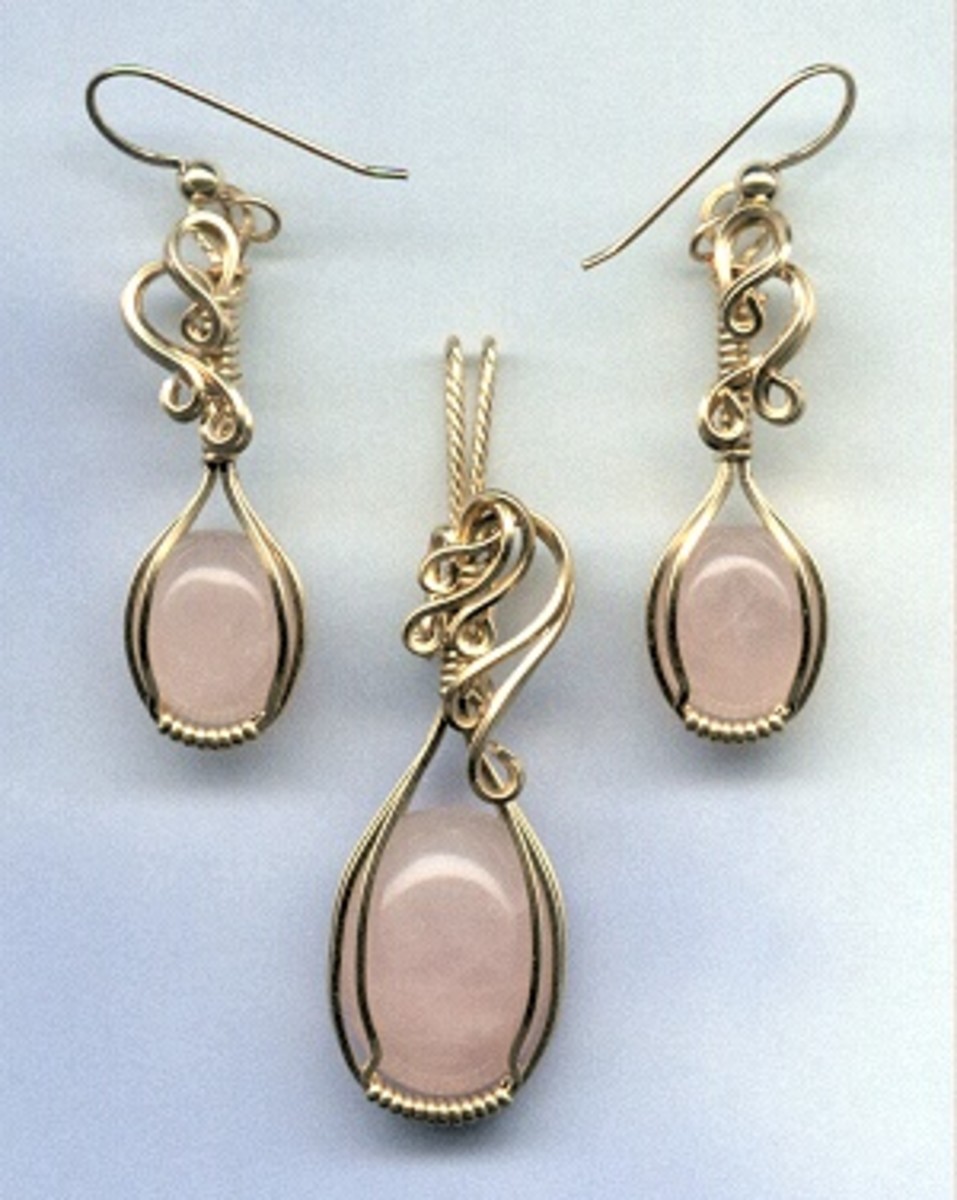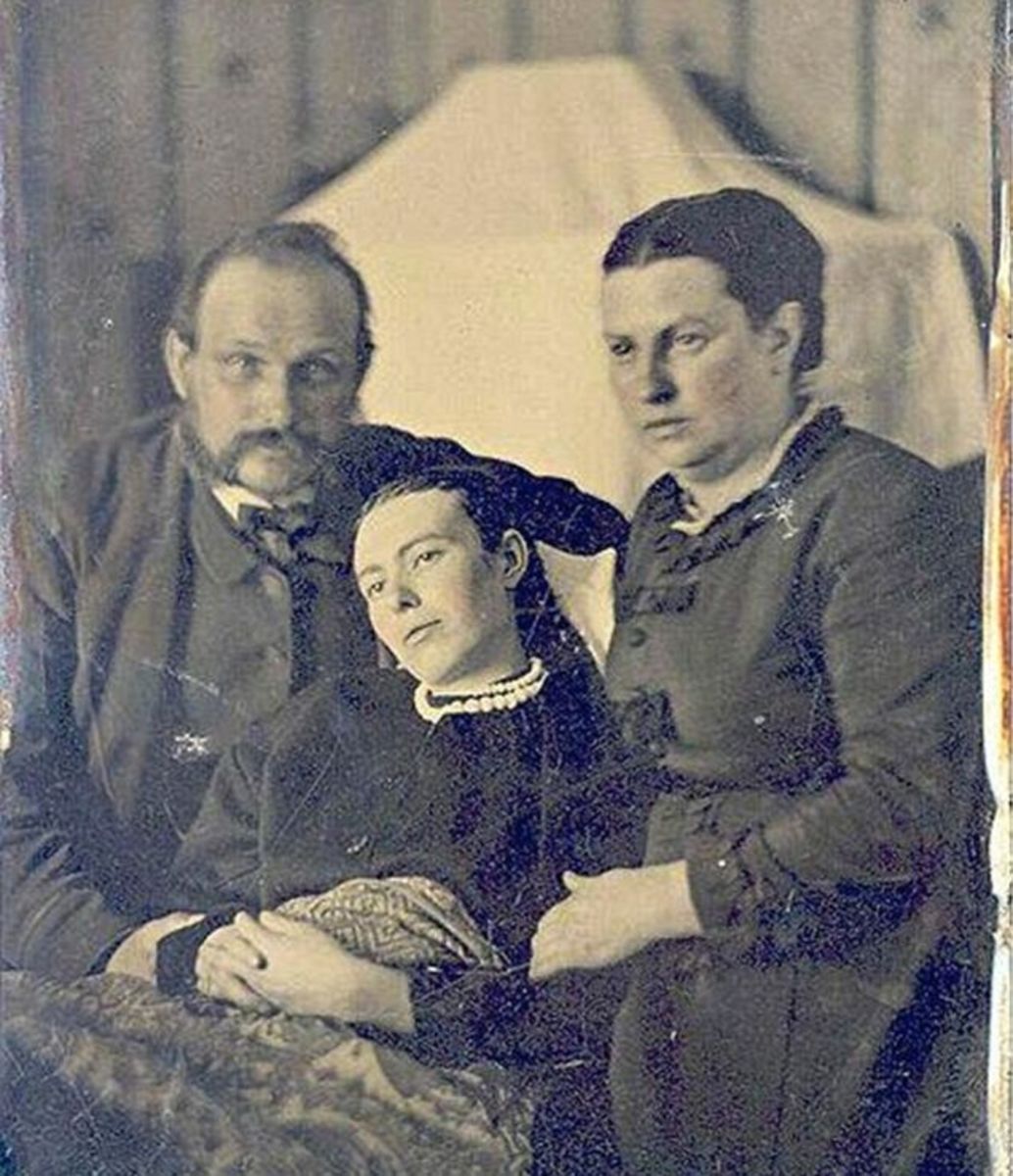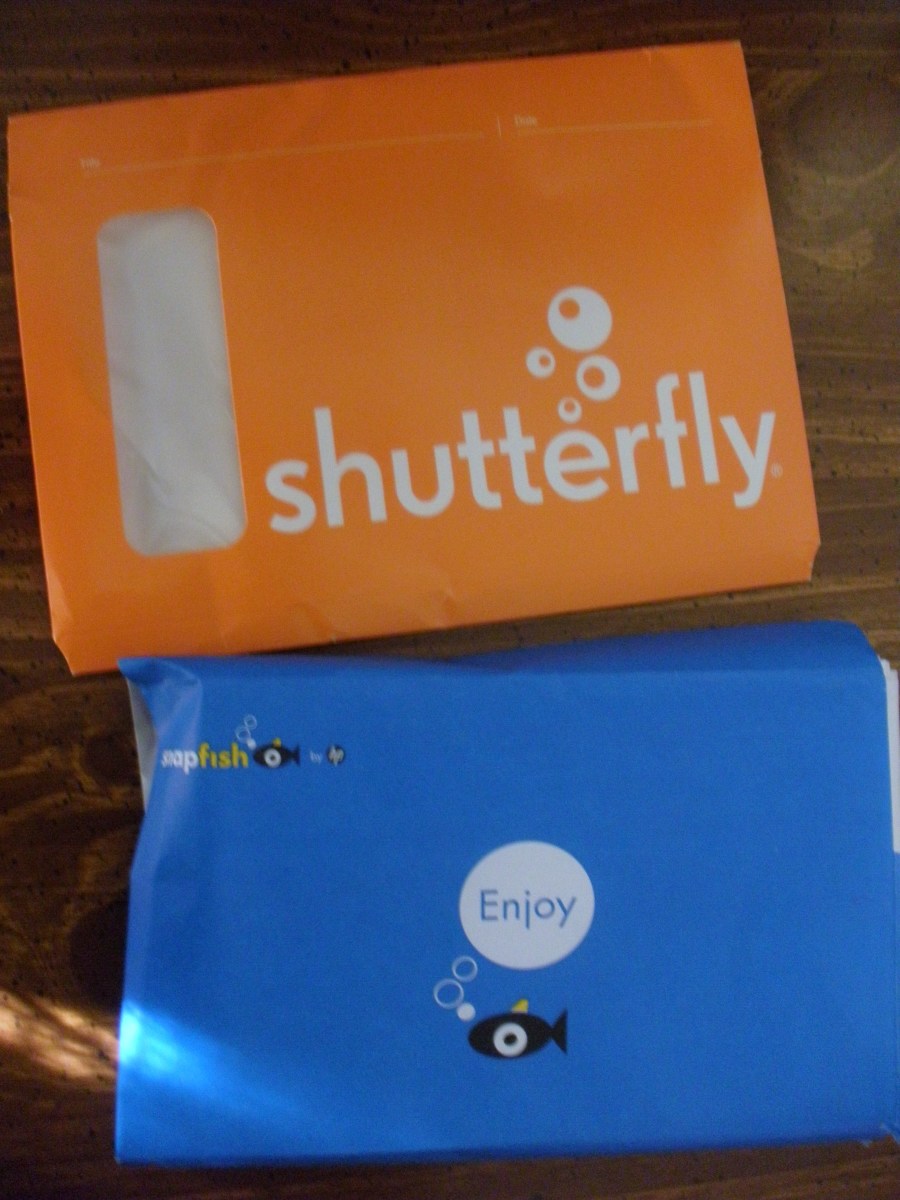Photographing The Seashore at Night
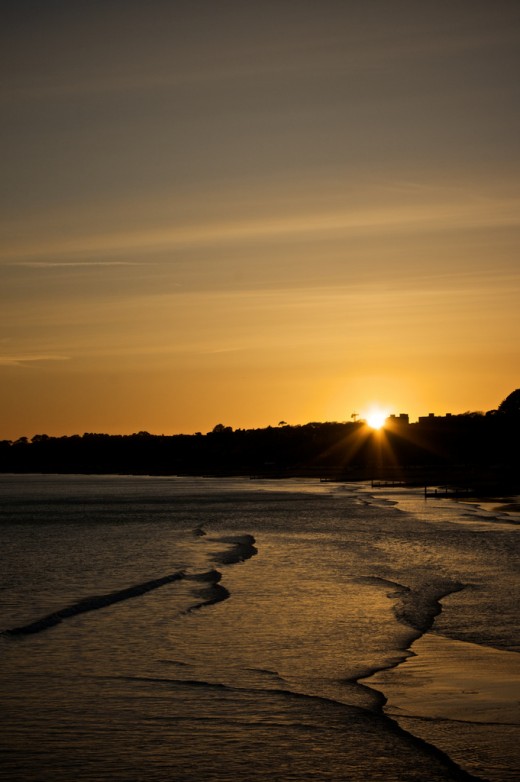
The ocean and especially beaches and any seaside locations offer a photographer many great opportunities to make beautiful shots. Capturing these scenes during the night time hours makes even greater photographs.
There is something about the ocean waves crashing against rocks or rolling upon the sand that when combined with a beautiful night sky has the makings of a great photographic adventure.
If you have the opportunity of taking night shots where the ocean meet the shore, rocks, cliffs or sandy beaches then you should definitely take advantage and do some night shots. You will need to bring along a solid tripod that will allow the gear to be set up and sturdy enough to withstand the ocean breeze. Keep in mind that you will need long exposure times so stability is a must.
You should also bring along a good powerful flash unit to lend some illumination to any elements that are near the water and that are reachable by the light from your flash unit. However use the flash sparingly. You should also have a mechanical or electronic shutter release in order to minimize camera shake.
Make sure to have a good understanding of your camera settings and especially how to work the bulb setting; keeping the shutter open for extended periods of time.
A good zoom lens will allow you to zoom in and out any interesting aspects as well as letting you crop unwanted portions of the scene. A wide angle can also prove to be useful.
Very important is to plan ahead and do the project during periods of full moon as its light is very attractive to use during night shots, plus if the Moon is at the right place, you may even be able to include it in some of your shots.
Keep in mind that due to the dispersion of light during nigh time hours , the large part of the light spectrum that will show will be of a blueish tone. You should therefore take along some filters if you want to reduce this effect and some colored filters to change the sky color or the reflections of light upon the sea.
A Sky 1B - Reduces the excessive bluishness that frequently occurs in outdoor color photography or 81B as this is a light balancing filter used to decrease the color temperature slightly for a warmer (redder) tone and corrects the tendency toward bluish tones.
Most modern digital cameras can be set up to automatically correct a color cast. This is what the white balance is used to control, and you use a color balancing filter to affect a change in your light sources.
However, you can use a Color Balancing filter to compensate for the various differences in the photographed color of light (e.g. daylight is cooler and appears blue, whereas tungsten is warmer and appears reddish orange). The 85B (warm-up/orange filter) and the 80A (cool-down/blue filter) are the two standard filters used in compensating for color balancing.
Try shots with and without the filters and judge the effects afterwards. Keep in mind that if using black and white film or if your intention is to convert your color photographs into monochromes filters are not the best alternatives.
Although black and white photographs add charm to some scenes especially in this theme, you do need to take them while there is sufficient amount of ambient light, otherwise your shots may turn out too dark and the absence of color will render the shot to monotonous.
The best time to conduct the project is during dusk if you also want some color in the sky, especially the seemingly warmer glow given off by the setting Sun or early dawn for the same reason plus the atmospherics during these times have a diffusing effect on the light which helps minimize harsh shadows.
Once done, you can always re-touch or manipulate your images with the aid of a digital editing program if you should want to enhance colors, heighten or lessen contrast, correct color cast or eliminate distractions.
Take some precautions when doing any type of photography near water and sand as small sand particles and sea water can quickly damage the sensitive circuits in any camera. Wipe often with a lint free cloth, especially around the lens surface and blow dry the camera's interior later.
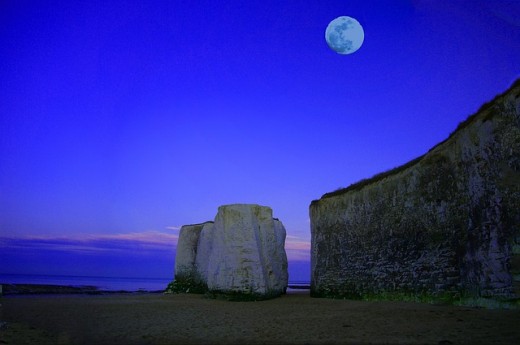
Night Time Photography
- Beach At Night Photos, Beach At Night Pictures, Beach At Night Images
View the 9931 best Beach At Night Photos, Beach At Night Images, Beach At Night Pictures. Download photos or share to Facebook, Twitter, Tumblr, Blogger
© 2013 Luis E Gonzalez






